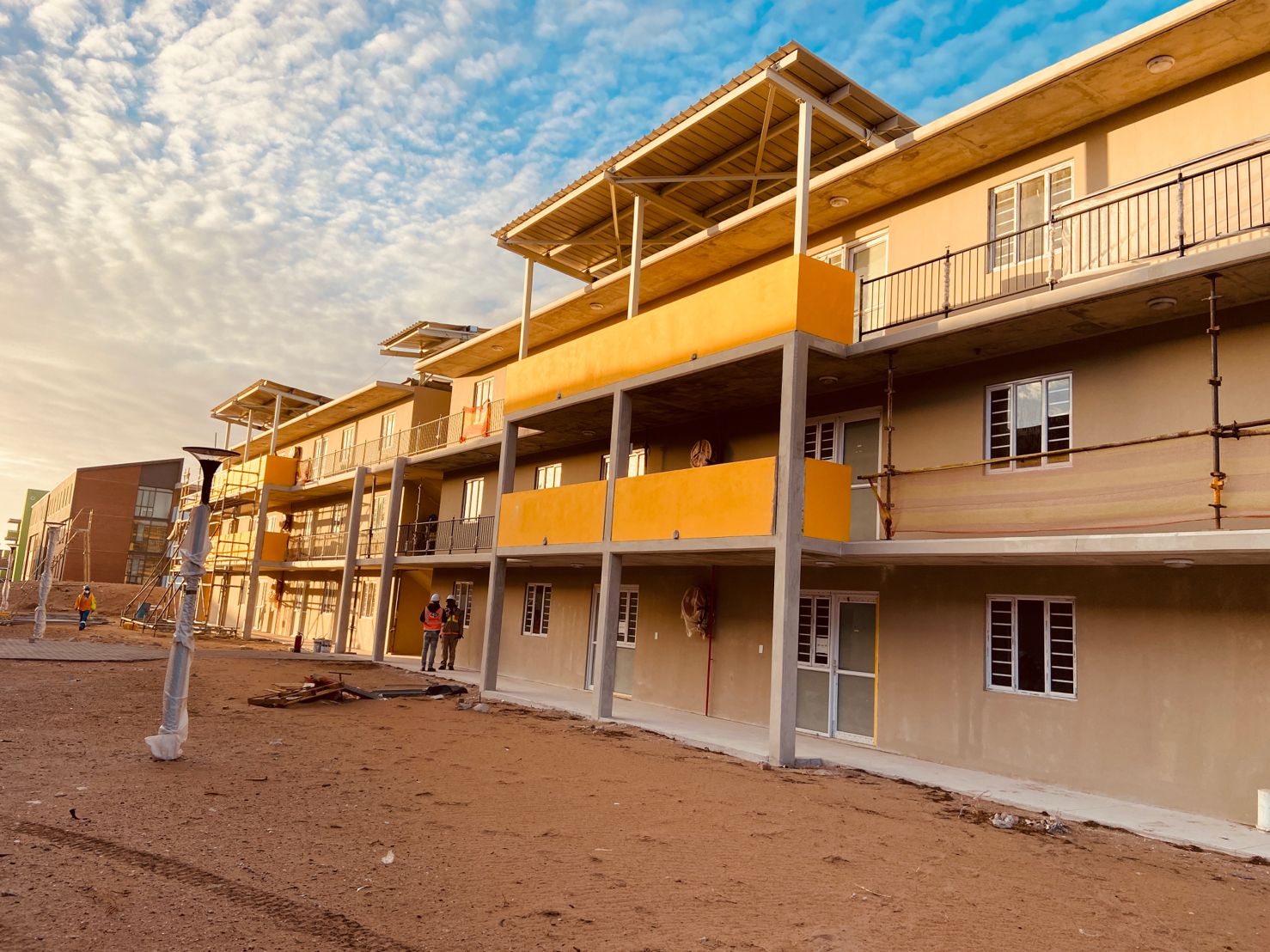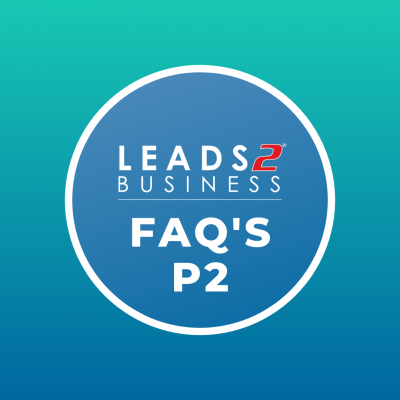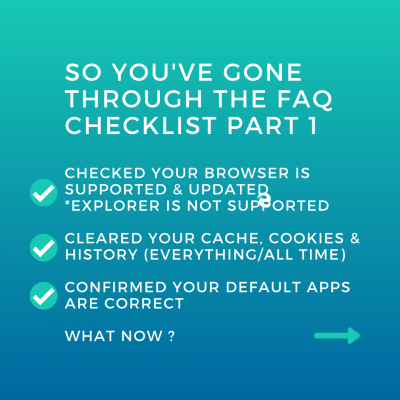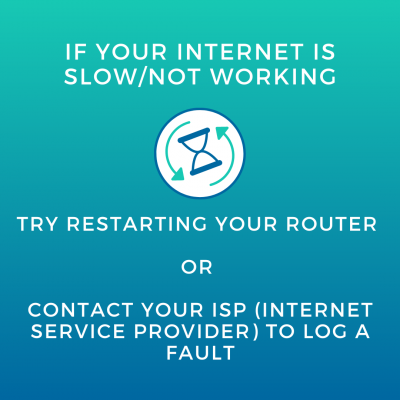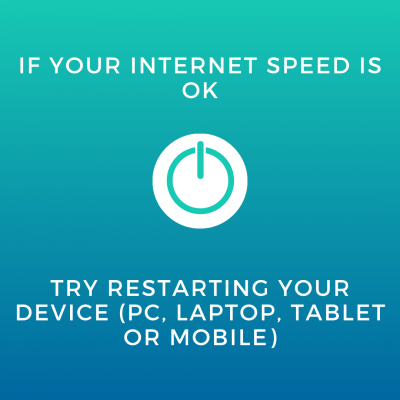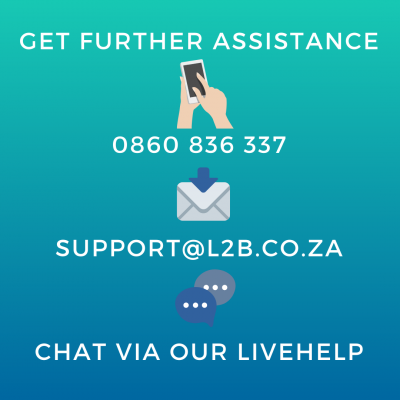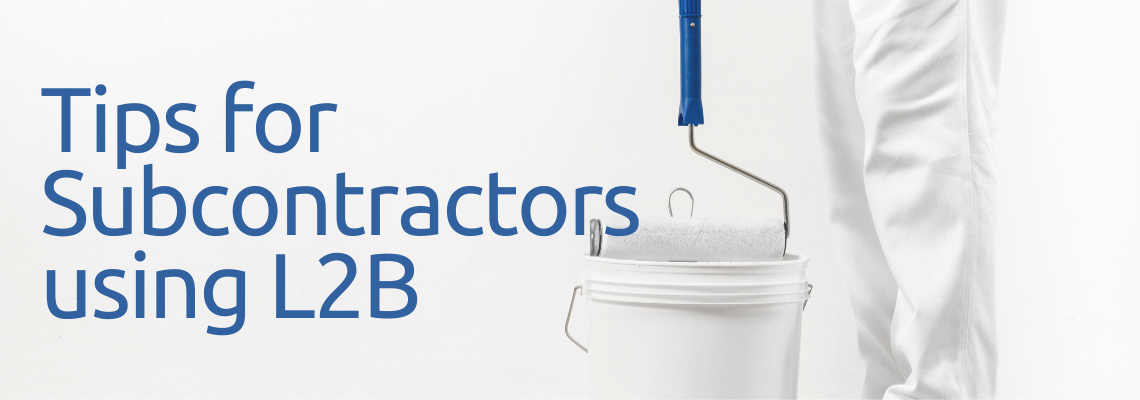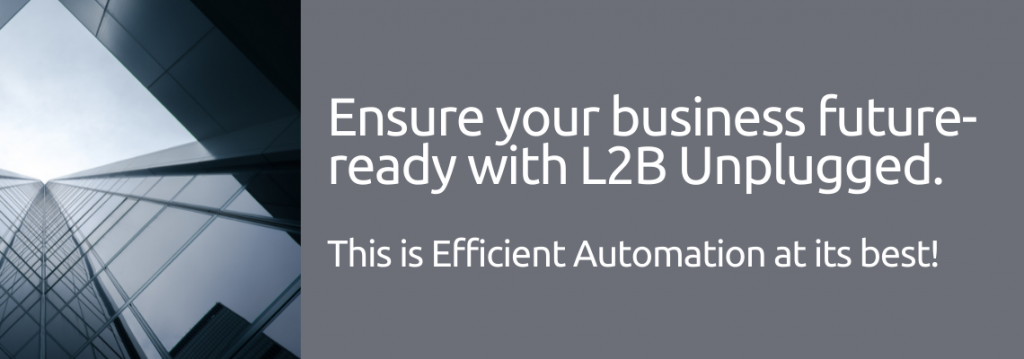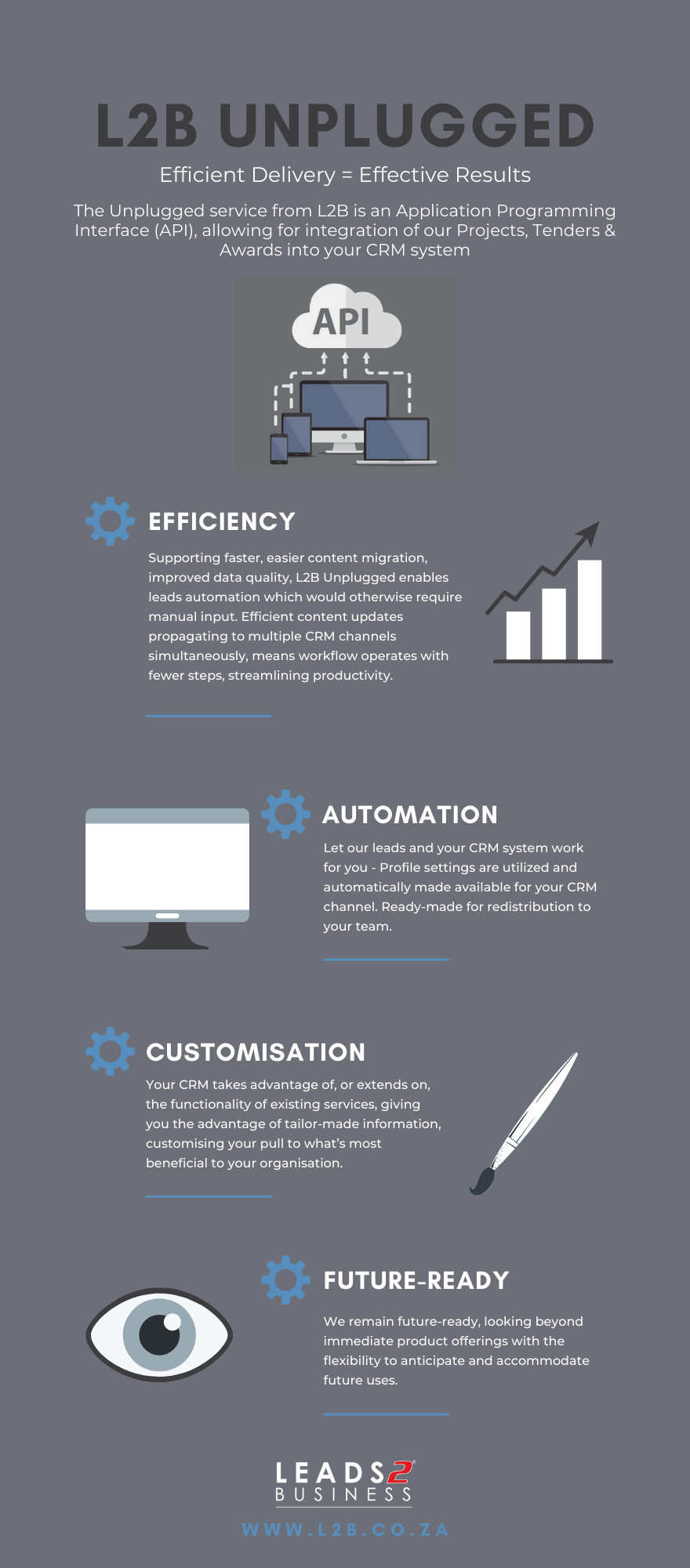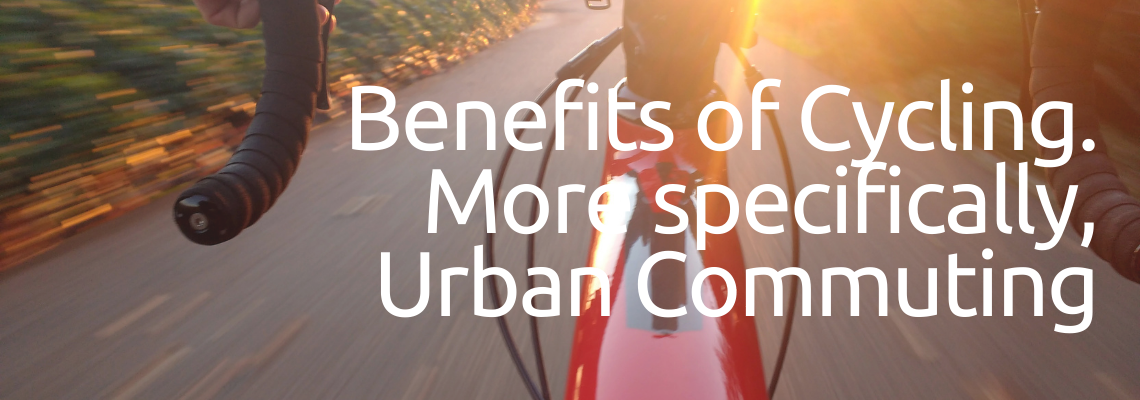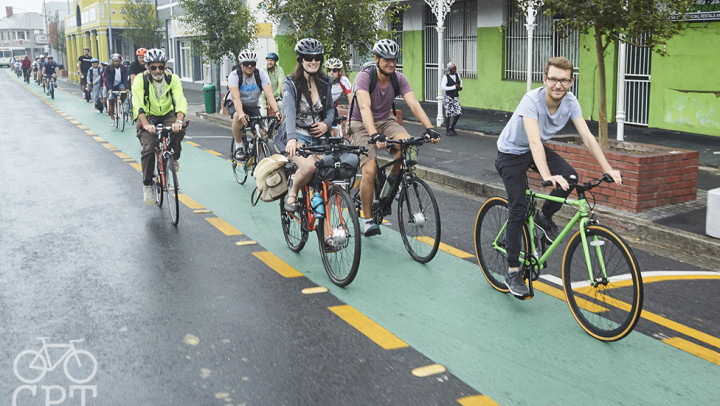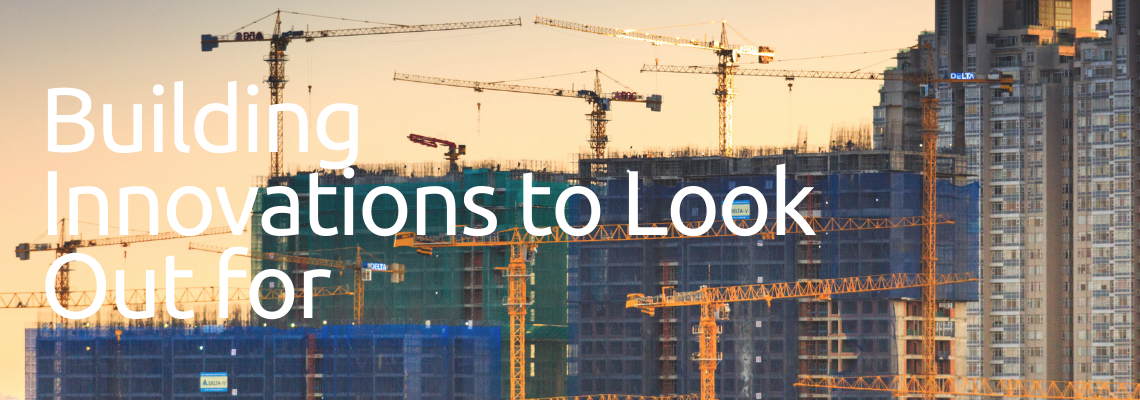
The world is constantly evolving and improving especially with regards to technology. Everyone is looking for new and easier ways to build their businesses. Here are some Construction Building Innovation Ideas listed that is taking place and to look out for in the future.

HD Surveying and Geolocation
Projects can get delayed because of ground conditions, looking for better ways to improve this with new techniques that incorporate high-definition photography. 3-D laser scanning, and geographic information systems. This can improve accuracy and makes the process faster saving time on projects.
5-D Building Information Modeling (BIM)
What is BIM? BIM is a digital representation of the characteristics, including physical and functional aspects of a project. This is a 5D designed model created to give a detailed example on how the finished project will be looking like as an end result.
Digital Collaboration and Mobility
Everything is being digitized so as to communicate and collaborate with each other in the building and construction industry with regard to the latest projects. Creating mobility to have a connected network saves you time and avoids errors, making communication easier and more understandable.
IoT and Advanced Analytics
In the construction industry, the IoT can allow construction machinery, equipment, materials, structures, and more to talk to a central data platform. Sensors can be used to monitor productivity and reliability in your business.

Robotics
Robots will become the future in construction whether it will be laying bricks or tying rebar. Robots are more accurate and can lift heavier objects. Various types of robots, such as collaborative industrial robots and logistics robots impacting the construction industry hugely.
Cloud and Mobile Technology
In 2021, you can expect developers, engineers, and contractors to easily integrate and manage their existing processes through a single, always-connected cloud-based platform. Projects running in real-time with accurate data and digitalization, eliminating various manual tasks, saving time, providing greater cost flexibility, and improving profitability and productivity.
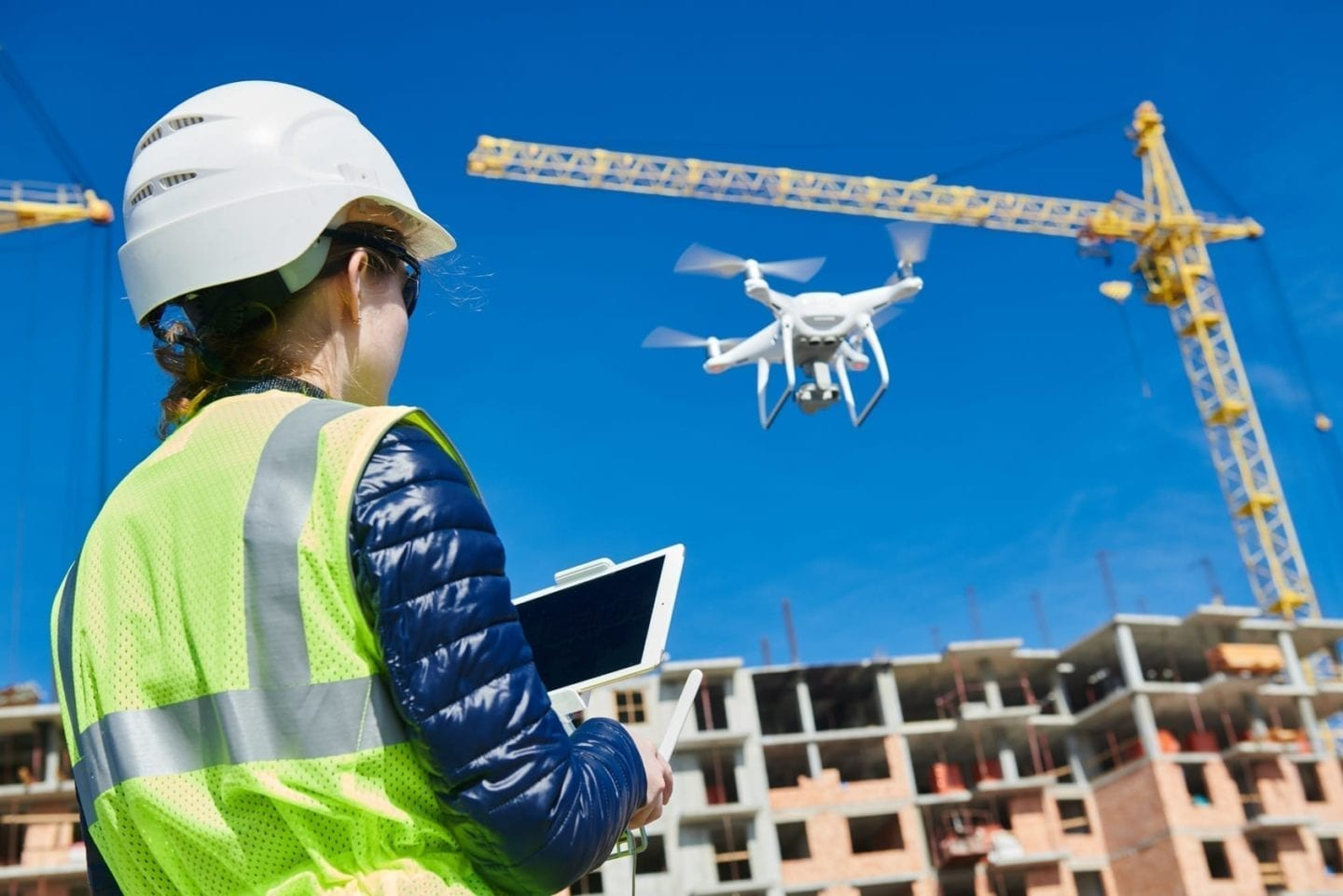
Drones
How can a Drone impact the Construction industry? Surveyors can survey a site in minutes, which normally can take weeks or even months. This is saving time and money, and accuracy and precision. This is what will help construction in the future to better in general.
These are some of the Newest Building innovations to be on the lookout for.
How has this new way of building affected your company?
Sources:
Imaginovation
BSI Group
ABB
National
To view more Articles, please visit our Leads 2 Business Blog.
If you are interested in becoming one of our subscribers, please visit Leads 2 Business.
To view notes with screenshots on how to use our website, please visit Leads 2 Business Wiki.
I started working for Leads 2 Business in March 2021, I'm an Account Co-ordinator. I am a huge animal lover and enjoy spending time with my family, like good food, music, art and travelling.







